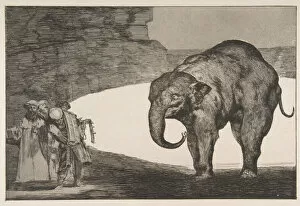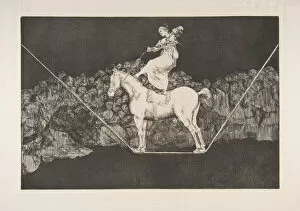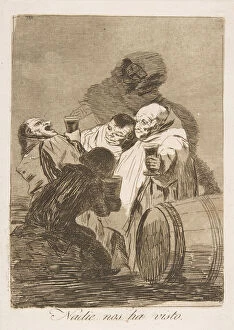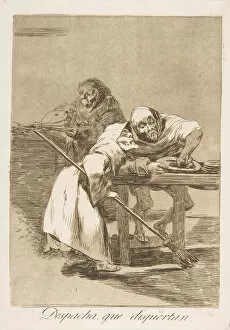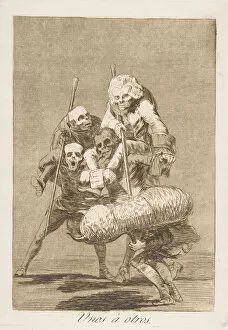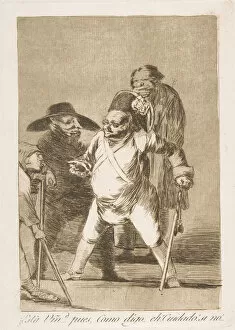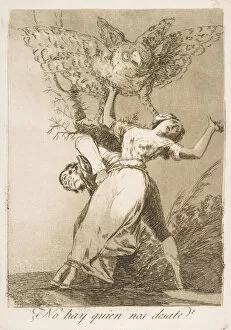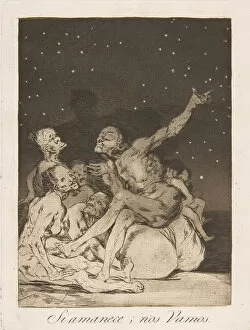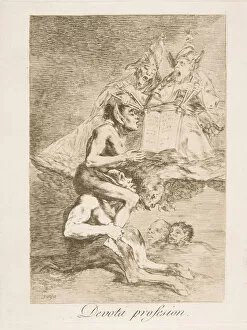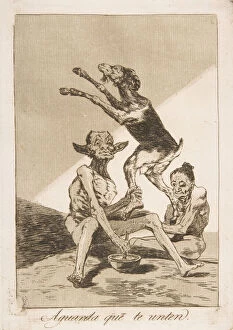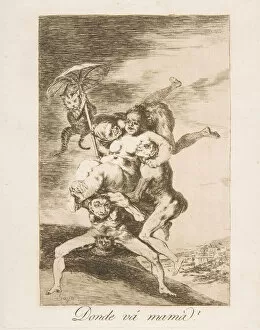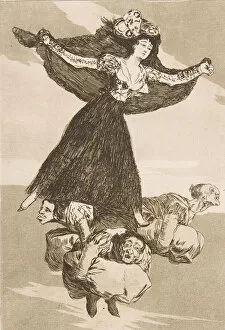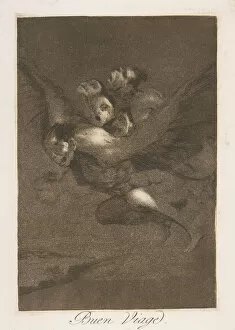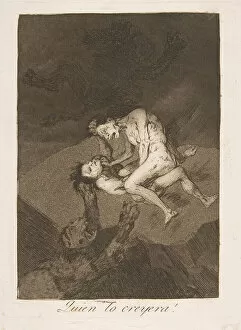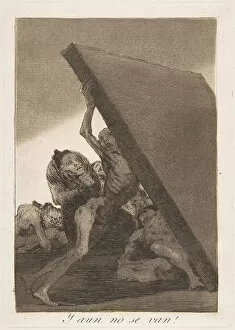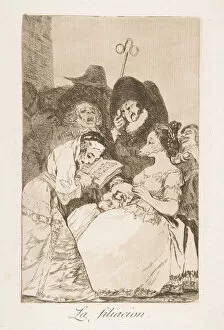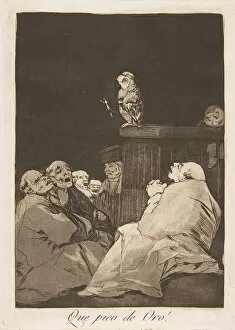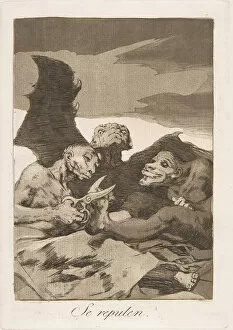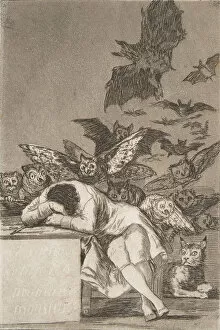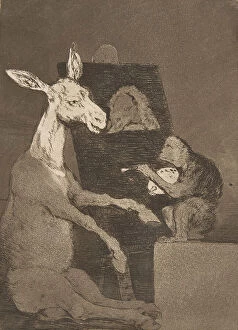Francisco Goya Collection (#3)
Francisco Goya, a renowned Spanish artist, left an indelible mark on the art world with his diverse and captivating works
For sale as Licensed Images
Choose your image, Select your licence and Download the media
Francisco Goya, a renowned Spanish artist, left an indelible mark on the art world with his diverse and captivating works. One of his most famous paintings is "The Naked Maja, " created around 1800. This provocative piece showcases Goya's ability to capture sensuality and beauty in a bold manner. In contrast, Goya also demonstrated his talent for portraiture with his painting of Field Marshal Arthur Wellesley, the 1st Duke of Wellington. Completed in 1814, this portrait exudes power and authority, showcasing Goya's skill in capturing the essence of his subjects. Goya's creativity knew no bounds as he delved into surrealism with "Ridiculous Dream" from 1819-1823. This artwork reflects the artist's exploration of dreams and subconscious thoughts through vivid imagery that challenges conventional reality. However, it was not only through paintings that Goya expressed himself; he also used printmaking to convey powerful messages. Plate 80 from Los Caprichos series titled "It is time" (Ya es hora) depicts societal criticism by highlighting the need for change during turbulent times in Spain. Similarly, Plate 60 from Los Caprichos called "Trials" (Ensayos) portrays human folly and ignorance through satirical illustrations that provoke contemplation about society's flaws. Plate 25 from Los Caprichos titled "If he broke the pot" (Si quebro el Cantaro) presents a cautionary tale about consequences resulting from one's actions or choices. Goya's fascination with female figures is evident in artworks such as "La Maja Desnuda" (The Naked Maja), painted between c. 1797-1800. This controversial masterpiece celebrates feminine beauty while challenging societal norms surrounding nudity at that time.





